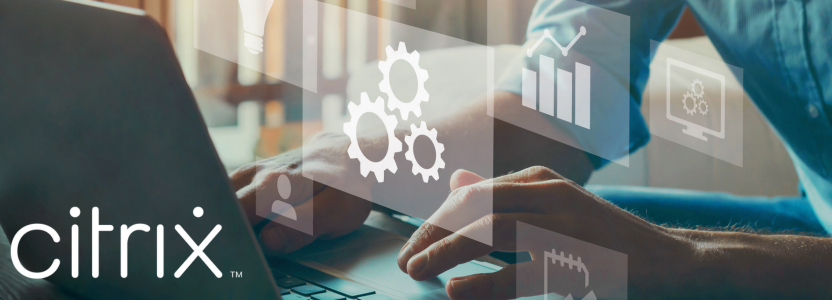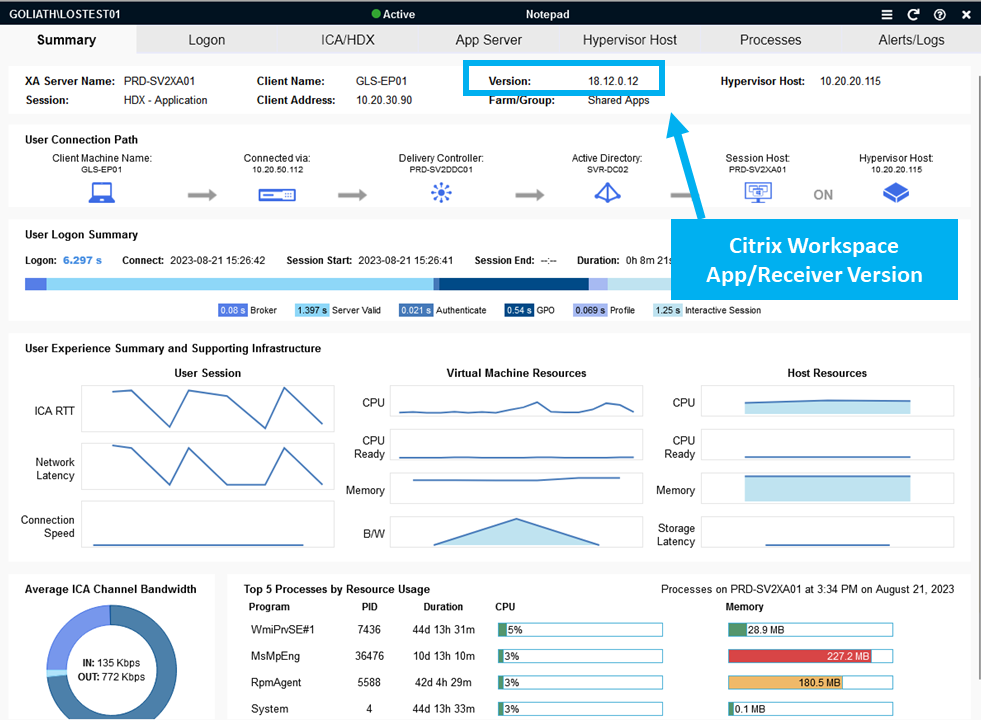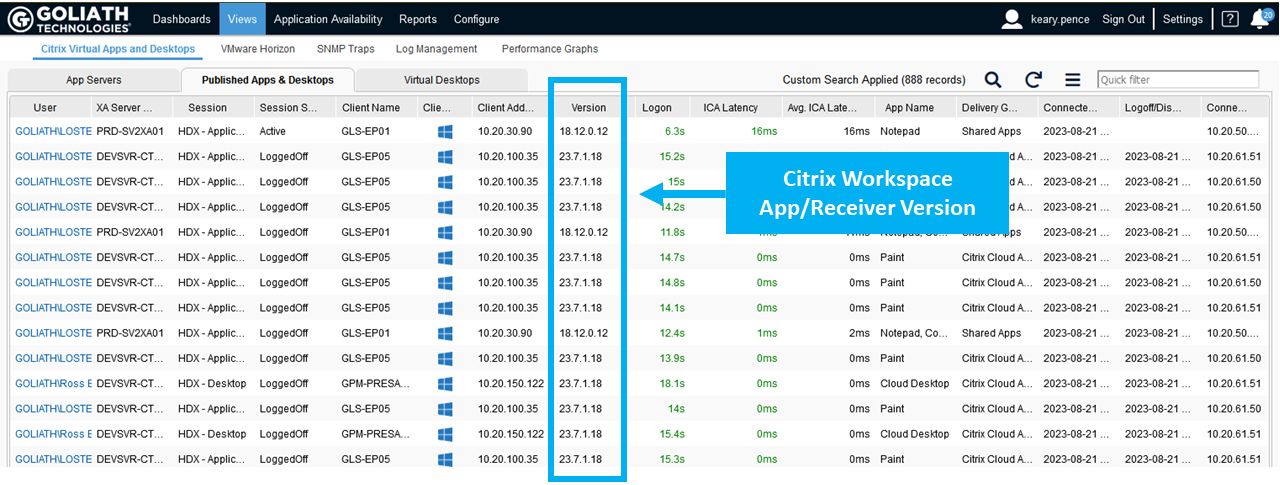Citrix Blog
Prevent Critical Issues Resulting from Using EOL Citrix Receiver Versions

When I speak with IT professionals about end user experience and Citrix session performance, unsurprisingly, the subject of Citrix Workspace app versioning pops up. What is surprising, however, is their various degrees of attention toward maintaining up-to-date versioning of the Citrix Workspace app. Citrix Receiver was the previous iteration of Citrix Workspace app, but many organizations are still leveraging dated or unsupported Citrix Receiver versions.
If you want to get the best features from Citrix, you’ll need the latest Citrix Workspace app version. For many, there are plenty of regulatory or compliance issues that drive the update cycle. For others, it is the potential for security vulnerabilities that drives change. Keeping your Citrix and Goliath technologies up to date is the best way to ensure your environment stays secure and operates seamlessly. What doesn’t seem to weigh as heavily, however, is the impact software updates have on the end user experience. For some, that is because the other drivers precede user experience and so it never really becomes an issue. For organizations that are not motivated by security or compliance concerns, they are likely leveraging older Citrix Workspace app and Citrix Receiver versions. There is a strong possibility that degraded end user experience is the price being paid.
I imagine that troubleshooting serves as more of a drain on your resources than a value-added activity. Striking a balance between maintaining a fully up-to-date environment while reducing disruption to end users can be a real challenge. Maintaining supported versions of Citrix Workspace app is a simple way to avoid some of these common end user experience issues:
Slow Response Times
The number one complaint IT hears from Citrix users is, “Citrix is slow”. Most of the time, the cause of the issue has nothing to do with Citrix itself, but rather, another IT element that is part of the delivery infrastructure or even user behavior. In fact, Citrix takes the heat for just about every end user experience issue. Some of those “slowness” complaints could be mitigated simply by maintaining a current and supported version of the Citrix Workspace app.
Reduced Application Performance
Newer versions of the Citrix Workspace app are optimized for modern operating systems and hardware, and using an older version could lead to reduced performance and slower response times. Applications are heavier and their need for resource consumption is growing. Making sure your environment is optimized (including your Citrix Workspace app version) is imperative to maintaining a great end user experience.
Restricted Application Use
Some Citrix environments may require users to have a minimum version of Citrix Receiver, or Citrix Workspace app, to access specific applications. If the user has an outdated version, they might be restricted from using certain critical applications.
Impacted Integrations
Integrations with other software and tools can be impacted when those tools are updated but Citrix Workspace app is not. When using older versions, compatibility issues with these integrated tools could arise, leading to potential errors or malfunctions.
Deformed or Distorted Images
Newer versions of Citrix Workspace app often introduce enhancements and features that improve user experience, performance, and productivity. Users with older versions may miss out on these improvements. As Citrix infrastructure and protocols evolve, older versions of Citrix Receiver may not be compatible with the latest Citrix servers and applications. This can result in connection failures, application crashes, or other usability issues
When business-critical operations are on the line, or in the case of healthcare organizations – clinical applications and patient care, it’s important to ensure your people have the best performance possible That is best realized when you are running a current version of Citrix Workspace app.
There is a better approach… a PROACTIVE approach!
Having a tool that will let you see what version of the Citrix Workspace app is running on each endpoint will allow you to quickly see which end users are at risk of experiencing poor performance. In other words, which users will be submitting “Citrix is slow” tickets in the near future.


Goliath offers unmatched reporting capabilities that make it easy for IT teams to get a full picture of their IT delivery infrastructure. Understanding which users across the organization are using older versions will help IT get ahead of issues before they arise, or perhaps identify users who may be suffering poor performance in silence.

As part of any proactive approach to IT maintaining a great experience for end users, striking a balance between stability and forward-looking functionality is a challenge. The IT delivery infrastructure is already complex and has plenty of potential points of failure. Proactively taking things off the table, like version control, helps to mitigate unnecessary impact to end users.
Try Goliath For Free
Experience true end user experience monitoring and troubleshooting free for 30 days.

